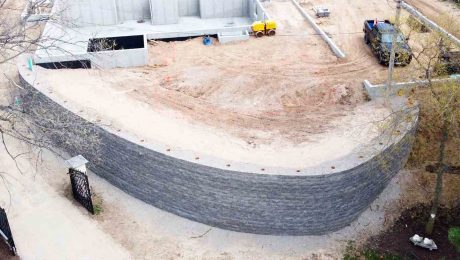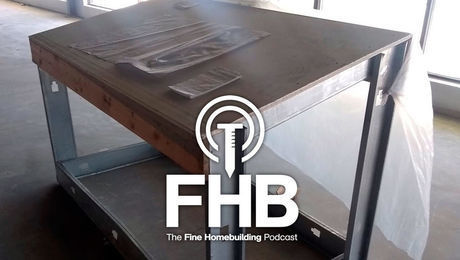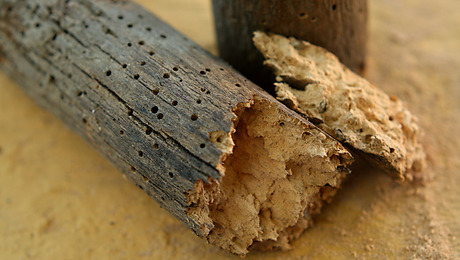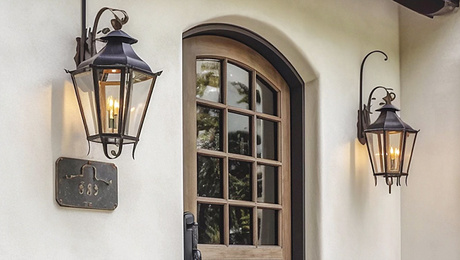A New Lawn Completes Any Building Project
Construction can be murder on a lot. A healthy lawn stabilizes the soil and looks like a million bucks.
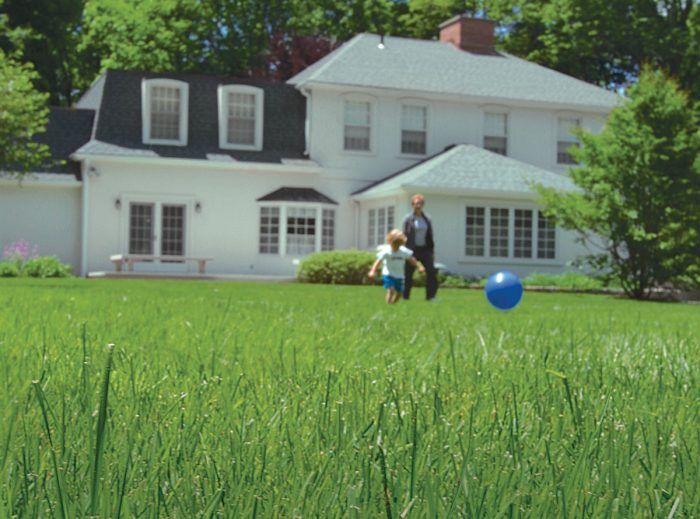
Synopsis: Learn how to evaluate and amend soil; rake out your grade; choose the best grass seed; prevent erosion; and determine the right type, and amount, of fertilizer.
It doesn’t matter if it is a new house or an addition, a deck, a patio, or a septic system. Construction projects often leave a site in poor condition. Existing lawns are flattened and torn, healthy topsoil is compacted and mixed with less desirable soils, and the grade is altered.
A new lawn will stabilize the soil and add a nice finishing touch. But growing a new lawn isn’t as simple as broadcasting a sack of fertilizer pellets followed by a bag of grass seed. Before you get there, you need to make sure you have healthy soil, good drainage, the right grade, and plenty of water.
Site work comes first
If you’re planting a lawn and don’t foresee tearing it up anytime soon, make sure you wait until all construction is complete, including landscaping projects like walks, patios, and plantings. If the site has an area that slopes toward the house, you should consider installing a curtain drain before installing the lawn. A curtain drain is a trench filled with gravel and a perforated pipe that drains water away from the foundation. The grass’s roots will stop soil erosion on the surface, but a lawn will not prevent water from flowing underground to the house.
Also, make a plan for the rain-gutter downspouts. In some cases, you can connect them to an underground pipe that drains to daylight. Sometimes you have to connect a series of pipes to a dry well. In many cases, you can simply use stones to create a splash pan that prevents water from washing away the lawn.
Good soil grows great turf
Before you start grading, evaluate the soil and decide if it is good enough to grow a healthy lawn. In a perfect world, all soil would be light, friable, well drained, and full of organic matter. Even when a lot starts off with nice topsoil, though, construction activity usually degrades the soil by mixing it with less desirable subsoils, hard-pan soil, and clay.
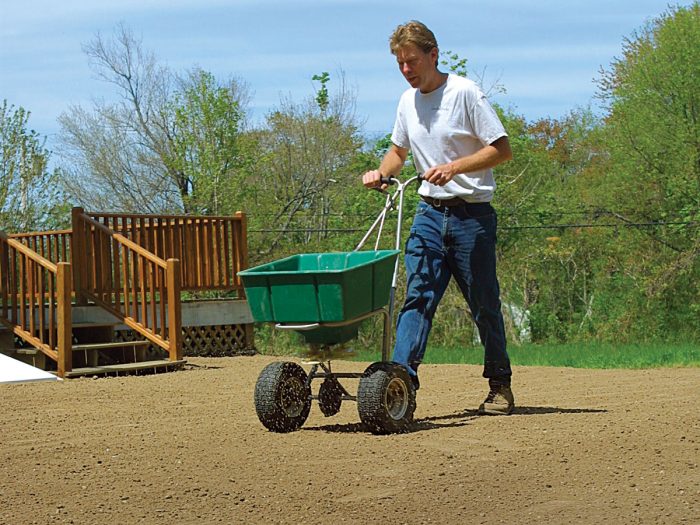
If I think the existing soil on a site is OK, I do a simple test. I take a handful, lightly squeeze it in my hand, and poke it with my finger. If it breaks apart easily, I go right to the pH test (more on pH later). If the soil stays compacted in my hand, it may not drain well, and I’ll have to bring in new soil or amend the existing soil before planting grass seed. If you’re reluctant to test your own soil, you can have experts do it. Local cooperative extension services and some nurseries test soil for a minimal charge.
If you have poor topsoil, how you fix it depends on how important a great lawn is to you. I recommend 4 in. to 5 in. of new topsoil. Most of the time, trucked-in topsoil is fine for growing healthy grass, and it is not too expensive. For a little more money, you can amend the soil with compost, a good source of nutrients that improve soil structure. One part compost to 3 parts existing soil or new topsoil has worked well for me…
To read the entire article, click the View PDF button below:









